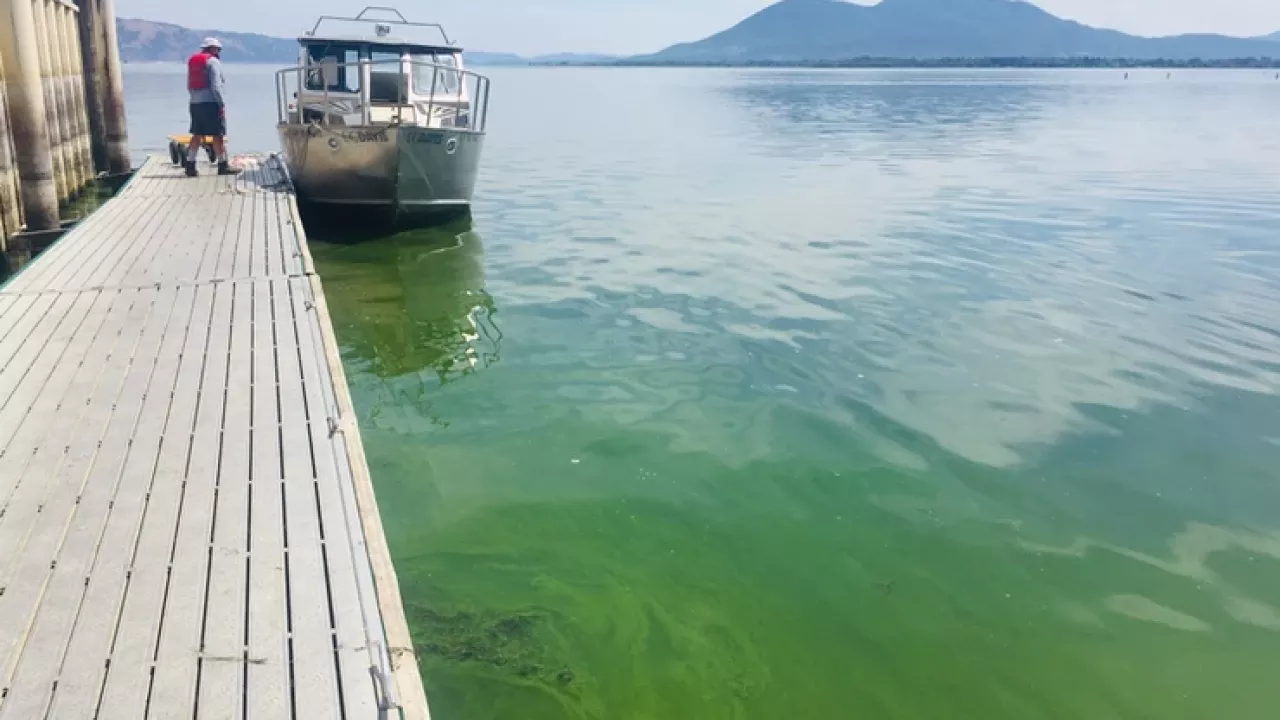
Getting to the Bottom of What Fuels Algal Blooms in Clear Lake
Have you ever noticed schools of dead fish floating or seen blue-green scums that coat the surface of Clear Lake in the summer and fall? These are common signs of poor water quality caused by excessive nutrients such as nitrogen and phosphorus. Like fertilizer for your lawn, nutrients help algae grow. This is important because algae provides most of the food available in lakes—eventually making its way up the food chain to the bass that people like to catch—however, too many nutrients can cause harm. When nutrients are at high enough levels, they cause massive algal blooms that then die and biodegrade, depleting the dissolved oxygen that fish need to breathe. High levels of nutrients also promote the growth of cyanobacteria, a toxin-producing organism which can sicken people.
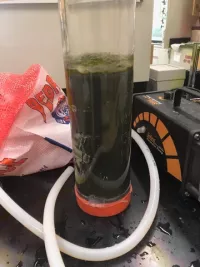
Nutrients are extremely abundant in Clear Lake, and it is important to identify and manage their sources to prevent their harmful effects. Clear Lake has two main nutrient sources: the surrounding land, and lake sediments, or muck, at the bottom of the lake. This muck consists of terrestrial particles that get washed into the lake and dead organisms that sink down and accumulate over time—just like dust settling on an old shelf. The resulting layer of sediment is densely packed with nutrients and prone to releasing them to the lake when certain conditions are met. When this happens, lake sediments can fertilize the lake and cause harmful algae blooms. This process is called internal loading, and it has been one of the main focuses of TERC’s research in Clear Lake.
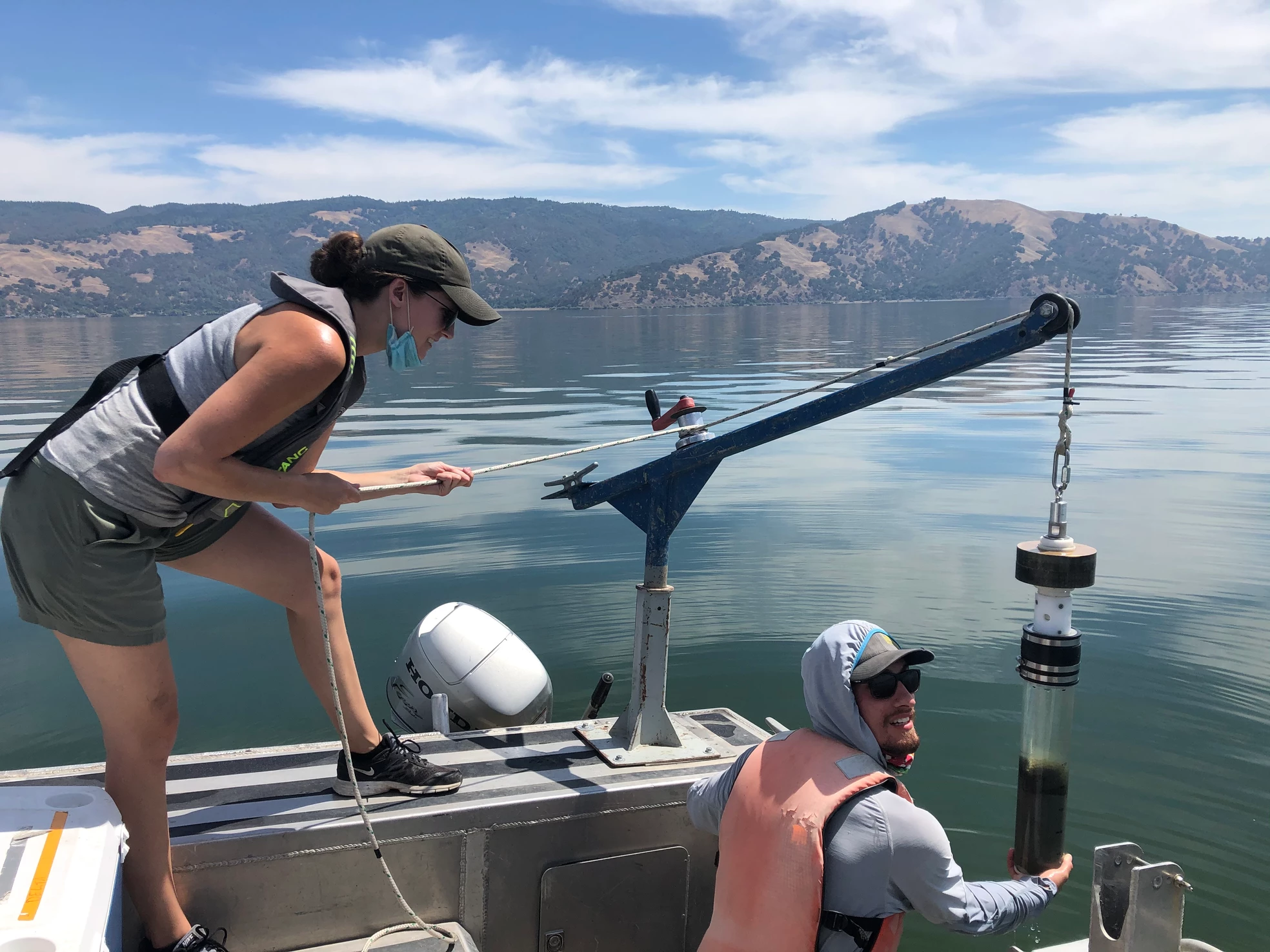
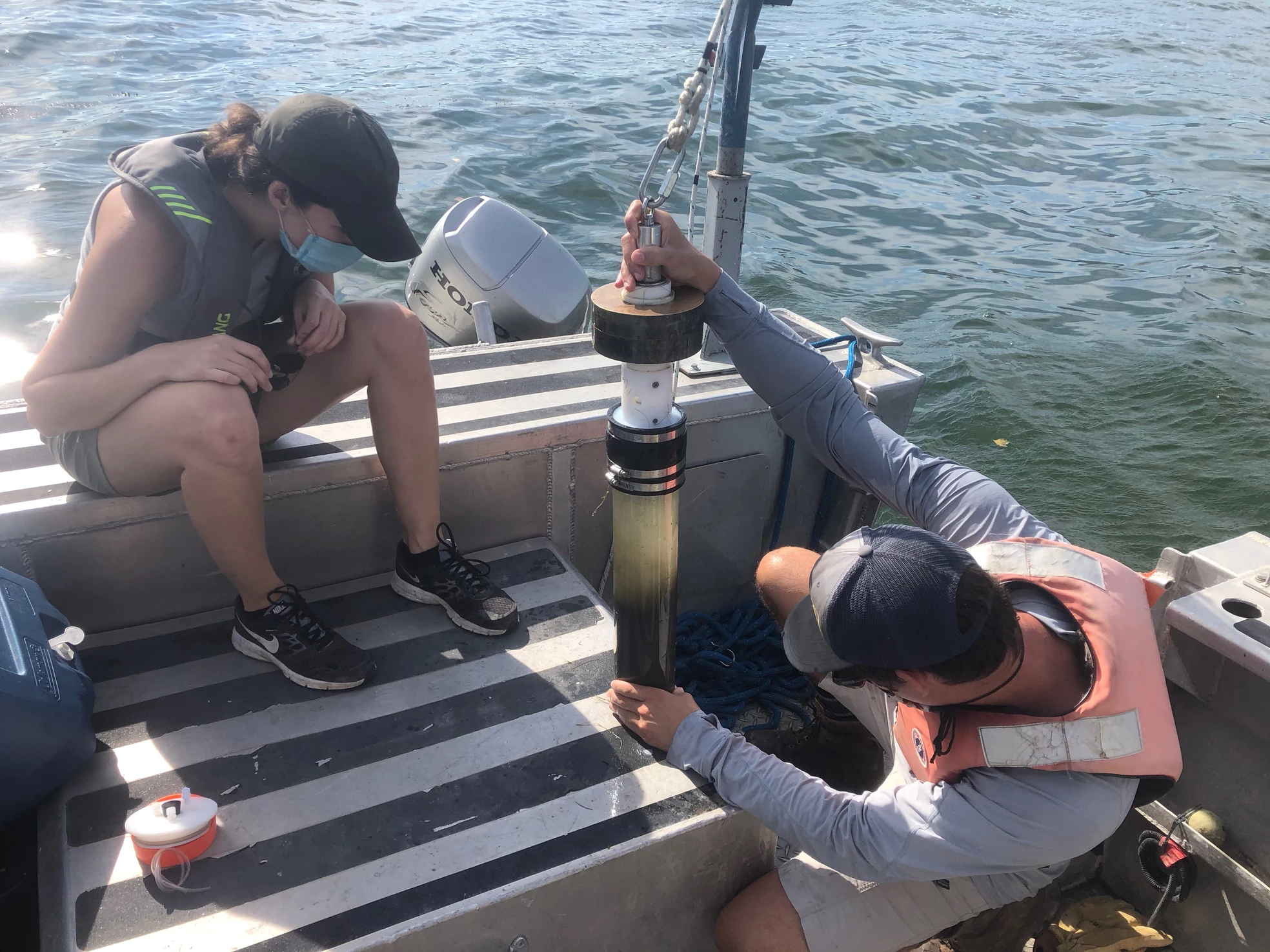
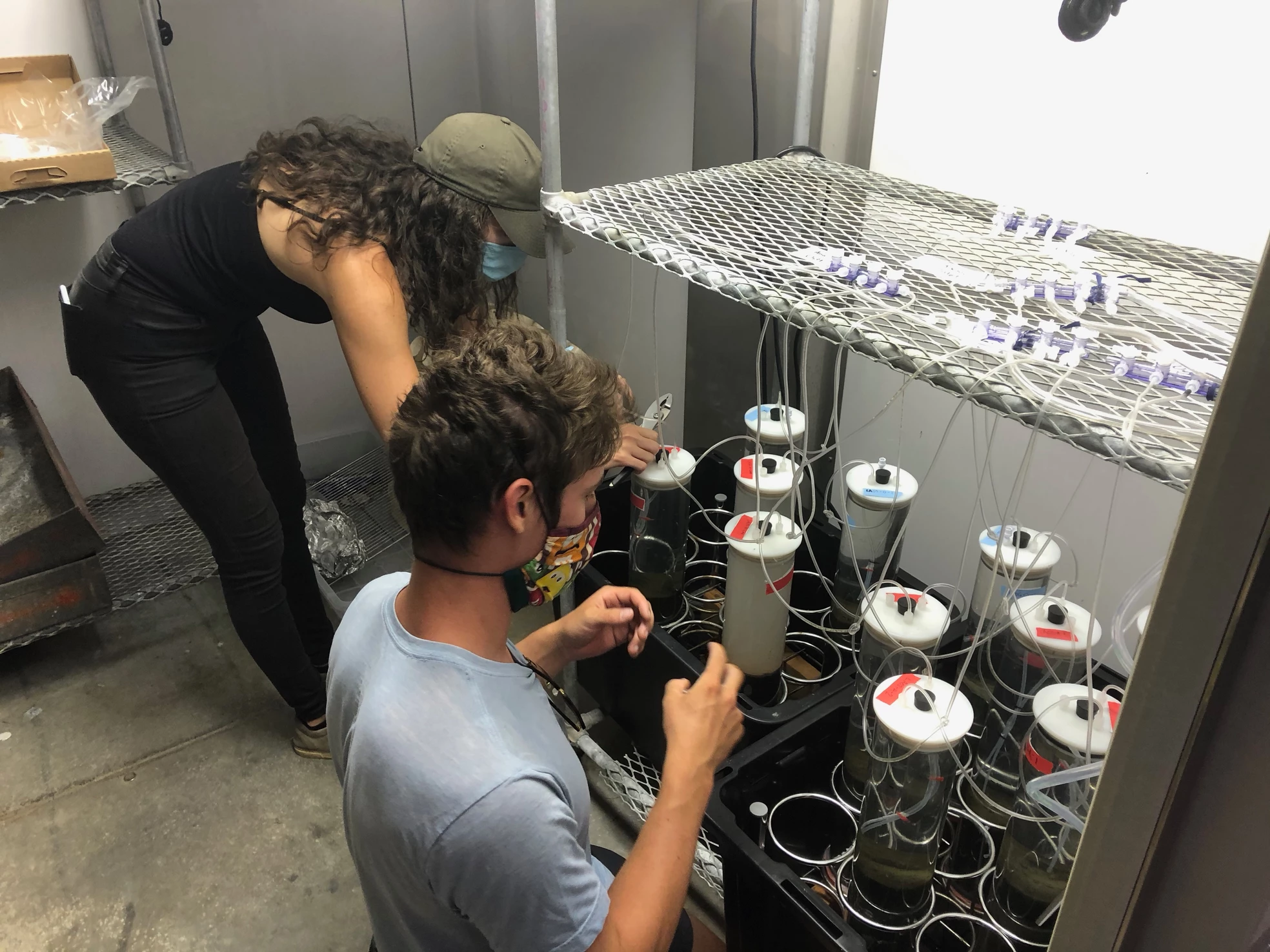
UC Davis scientists Lindsay Vaughan and Nick Framsted collect cores from Clear Lake and incubate in the lab to study sediment nutrient release processes.
Mitigating this input of nutrients from the bottom of the lake is very important for managing lake water quality. The UC Davis team is working with outside organizations to identify and test management solutions to control nutrient loading that are both economical and environmentally responsible. Our goal is to inform the Blue Ribbon Committee on placing limitations on nutrient loads entering the lake and recommend strategies for managing nutrients already within the lake. Below is a poster explaining research led by Nick Framsted, a Masters student at UC Davis, who is studying how nutrients are released from sediments in Clear Lake. His research has shown that this internal nutrient source can account for nearly half the nutrients inputs to the lake. This research is ongoing and will directly inform efforts to improve water quality and recreational fishing in Clear Lake.
